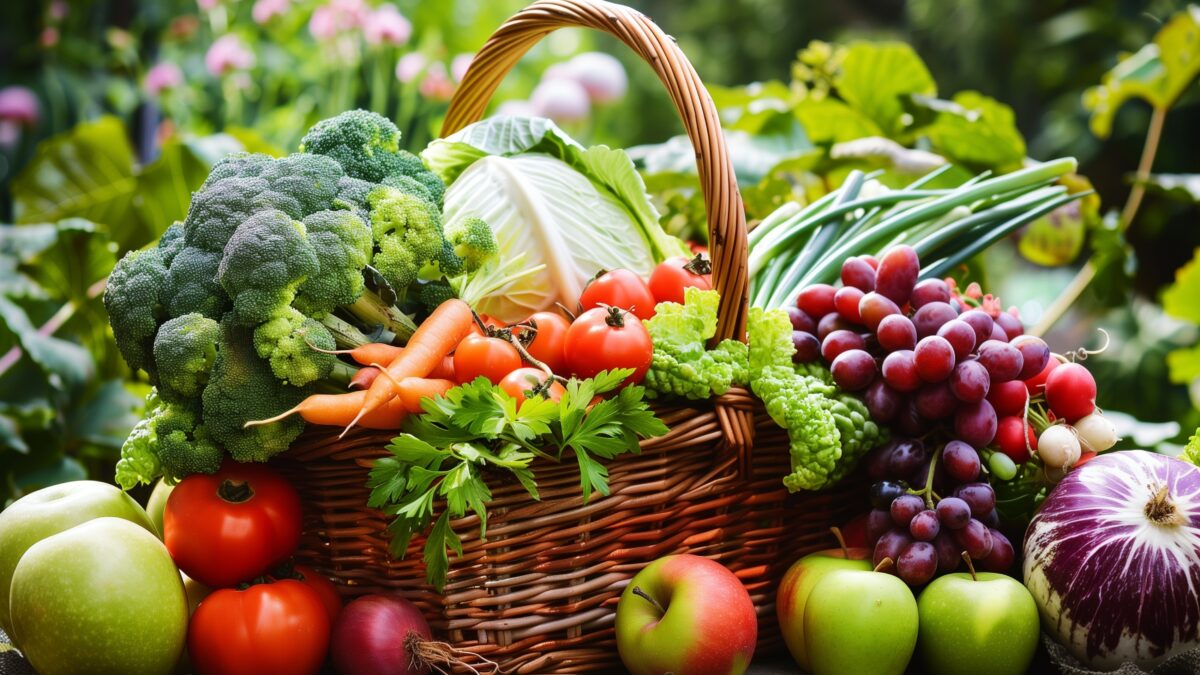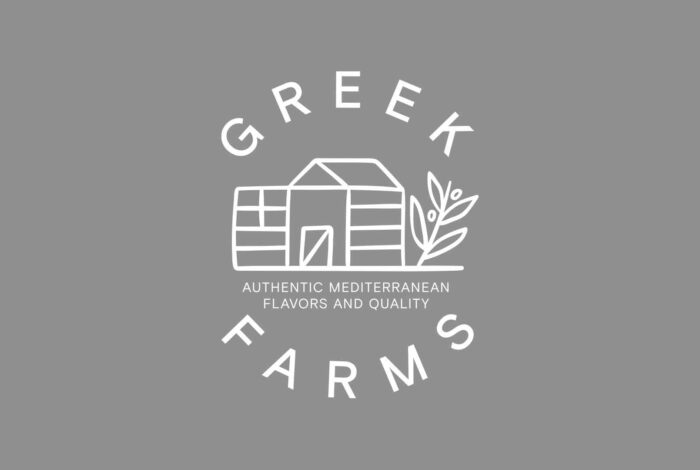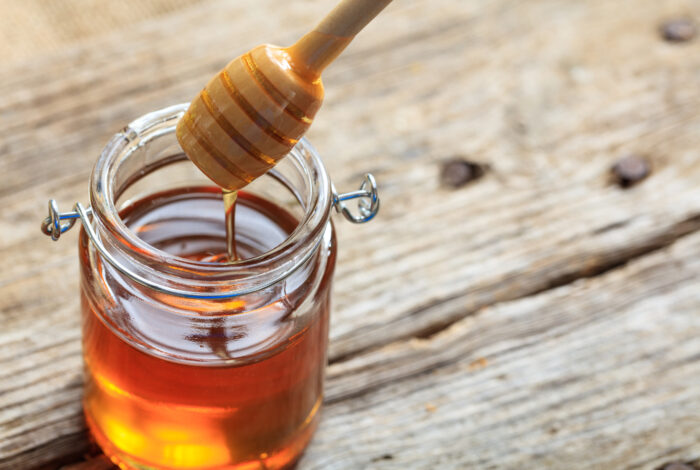Due to its mild Mediterranean climate, Greece has some of the most delicious vegetables in the world. What’s more, the country’s geographic diversity, with mountains and shorelines, is ideal for the cultivation of various vegetables, enhancing both biodiversity and the culinary experience.
Indeed, many Greek fruits and vegetables have Protected Designation of Origin (PDO) or Protected Geographical Indication (PGI) status.
Thriving on the Irion plain of the Argos region is the Irion artichoke, also known as the “Argos artichoke” or the “Argos green artichoke”, a PGI product well known for being richer in vitamins C and K, as well as fiber, than other varieties. Its flesh is tender, while boasting a sweet and refreshing flavour. Its oval shape and slightly pointed tip make it easy to identify.
Any discussion of Greek PDO vegetables must include the iconic Naxos potato. First cultivated in the 18th century on Naxos, the largest island in the Cyclades, it contributed decisively to the island’s development and prosperity.
The Naxos potato is rich in potassium and manganese, vitamins C and B6, and contains fiber and antioxidants. It can be used in foods such as briam and dishes prepared in tomato sauce, and it is also excellent fried.
The potatoes produced in Kato Nevrokopi are also of exceptional quality. Their cultivation began in 1920 and peaked in 1960. Given that winter brings plenty of snow to the area, a second crop is not possible, as it is in other areas. This means that the soil is not depleted, and potatoes are not deprived of nutrients.
Back in the Cyclades, the picturesque island of Santorini, known for its excellent wine, also produces the bright red cherry tomato, which enhances salads and sauces. These unique tomatoes grow in the island’s arid and volcanic soil, making them small, sweet, and intensely aromatic. The Santorini cherry tomato is richer in lycopene and antioxidants than any other tomato.
Greek soil produces countless treasures. Fruits such at the Sperchios kiwi, which stands apart for its durability and distinctive green colour, the Corfu kumquat, which makes an excellent liqueur and digestive while enhancing the flavour of a cocktail, and the dried figs of Kymi, with their thin skin and golden colour, are just a few examples.
Special mention also goes to Naoussa peaches, which are packed in the field immediately after they are harvested, helping to preserve their rich flavour. The Ermioni pomegranate stands out for its very sweet fruit, its rich juice with the lowest acidity globally, while its stone is softer, so it is superior even in the amount of juice it produces per kilo.
The fruits and vegetables of Greece stand apart for their unique flavour and nutrients, with each season bringing its own special treats.










